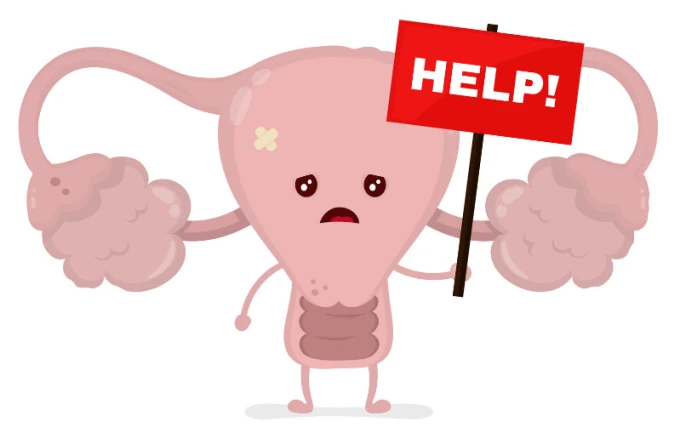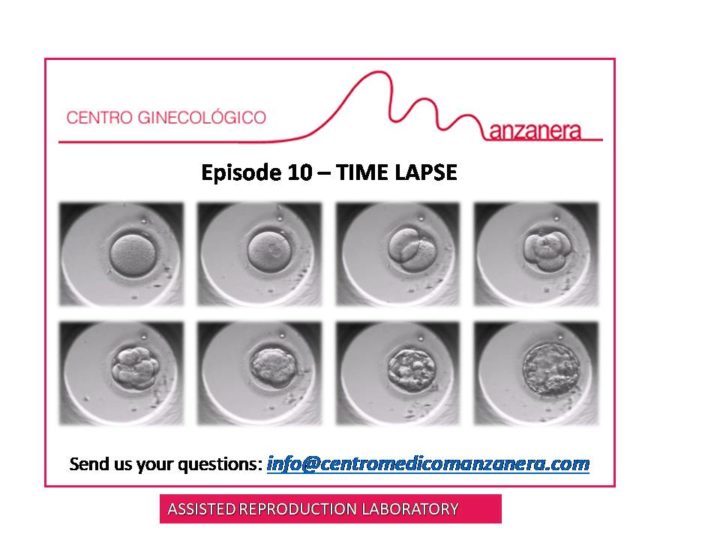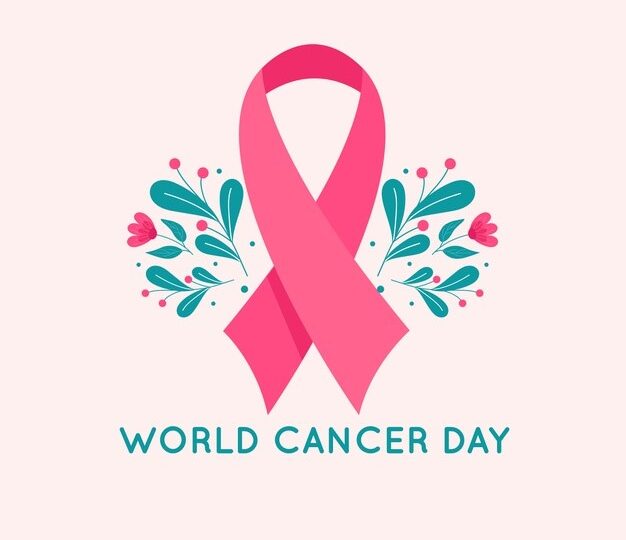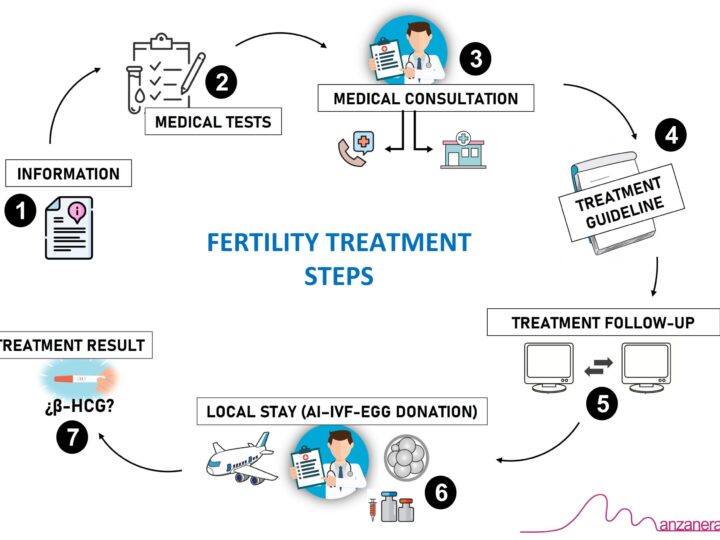
First of all, it is necessary to clarify the difference between Polycystic Ovary (PO) and Polycystic Ovary Syndrome (PCOS), since they are often confusing, especially when the patient is interested in undergoing a fertility treatment, either Insemination or In Vitro Fertilization treatments. (IVF / ICSI)
Polycystic ovary is just an ultrasound diagnosis, detected when more than 10 or 14 follicles smaller than 10 millimeters appear in the ovaries. On a regular basis, there are usually less than 10 follicles in each ovary. On the other hand, this does not mean that there are cysts in the ovaries, but they are “multi-follicular”, accordingly to what is to be seen in the ultrasound scan.
Polycystic Ovary Syndrome (PCOS) is totally or partially associated with other pathologies, such as: obesity; anovulation (absence of ovulation with irregular cycles); hyperandrogenism (increase in male hormones) associated with the appearance of more or less obvious acne and increased body hair; hypertension and greater predisposition to diabetes.
Between 10-15% of women in reproductive age present polycistic ovaries (PO), with manifestations such as irregular cycles and sometimes anovulation. However, 60% are fertile, or at least sub-fertile, and can conceive naturally in a 12-month period, it just takes a little longer since they ovulate less times a year.
If after one year they have not managed to get pregnant, they could sometimes achieve it with simple treatments using oral Clomiphene, which can reverse the lack of ovulation. If it is not achieved in this way, the ovary would have to be stimulated with other preparations called Gonadotropins, generally associated with In Vitro Fertilization (IVF / ICSI) or Insemination techniques.
Every fertility treatment for women with PO must be monitored by a gynecologist, because the ovaries can respond in an exaggerated way with the risk of ovarian hyperstimulation, and therefore, in the case of insemination, the treatment should be postponed, and in the case of IVF, the embryos should be vitrified for a later embryo transfer.
CONCLUSIONS
It is important to note that PO does not mean that there are some cysts in the ovaries and that, speaking about reproduction, they only indicate a certain degree of subfertility.
PCOS indicates some pathologies associated to polycystic ovary, such as obesity, signs of androgenization, hypertension, and a tendency to diabetes.
The polycystic ovaries respond exaggeratedly to treatment with gonadotropins, which requires strict medical control when inseminations or In vitro fertilization (IVF / ICSI) are carried out.
We hope you find this information interesting. If you have any questions or want to start a treatment with us, you can contact us here: https://www.centromedicomanzanera.com/en/formulario_en/
Gregorio Manzanera
Specialist in gynaecology and obstetrics, infertility and assisted reproduction
IMAGE: Taken from https://www.fiverr.com/drtahreembutt
#assistedreproduction
#fertilitytreatment
#eggdonation
#IVF
#ICSI
#ivficsi
#artificialinsemination
#manzaneraclinic
#POC
#policysticovary




